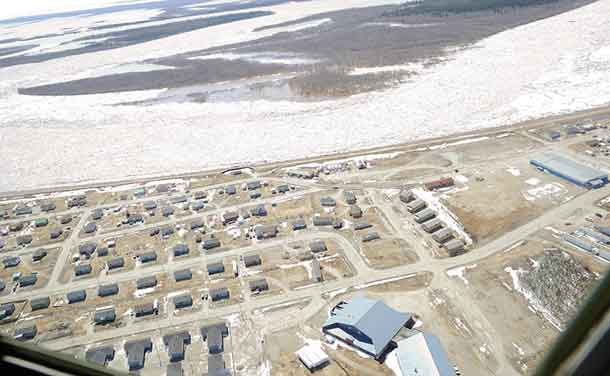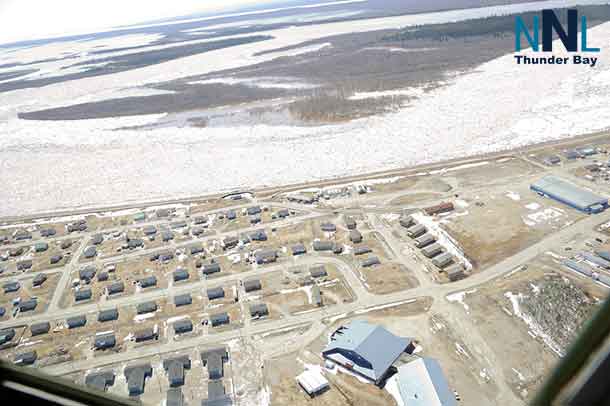
KASHECHEWAN – Kashechewan First Nation Chief Leo Friday said, “Our residents are anxious to return home after being displaced by flooding over two years ago. The uncertainty of living away from your grassroots and people has impacted the displaced residents and we look forward to re-establishing our community spirit and unity. We would like to thank the people involved in getting this major housing project approved, especially the people at INAC office. Let this be an example of what the Liberal Government can accomplish for First Nation communities across Canada.”
The Government of Canada is partnering with Kashechewan First Nation to bring home 454 displaced residents. In May 2014, 36 homes in Kashechewan First Nation were damaged due to snow melt within the ring dike, displacing residents who are currently residing in Kapuskasing, Ontario.
The Minister of Indigenous and Northern Affairs, the Honourable Carolyn Bennett, and Chief Leo Friday have announced the arrival of the first modular units. These units will be assembled to build 52 new duplexes, for a total of 104 units.
The arrival of the units marks a major milestone in the First Nation’s Repatriation Project to bring home residents as well as help address issues of overcrowding and safety.
“Being away from family and friends is a tremendously difficult situation for the displaced residents. By working in partnership with Kashechewan First Nation, we will ensure that all displaced residents will be able to return to the community as soon as it is safe to do so. Our sincere appreciation to the Town of Kapuskasing for its ongoing hospitality and support for the Kashechewan members currently residing there,” stated Minister of Indigenous and Northern Affairs Carolyn Bennett.
Quick Facts
- The Government of Canada is investing over $47 million to support building the new homes.
- Kashechewan First Nation has hired Vytis Lands (Kagawong) Ltd. to construct the homes.
- Significant investments in Budget 2016 will focus on improving the condition of housing in First Nation communities, reducing overcrowding, and increasing health and safety.






